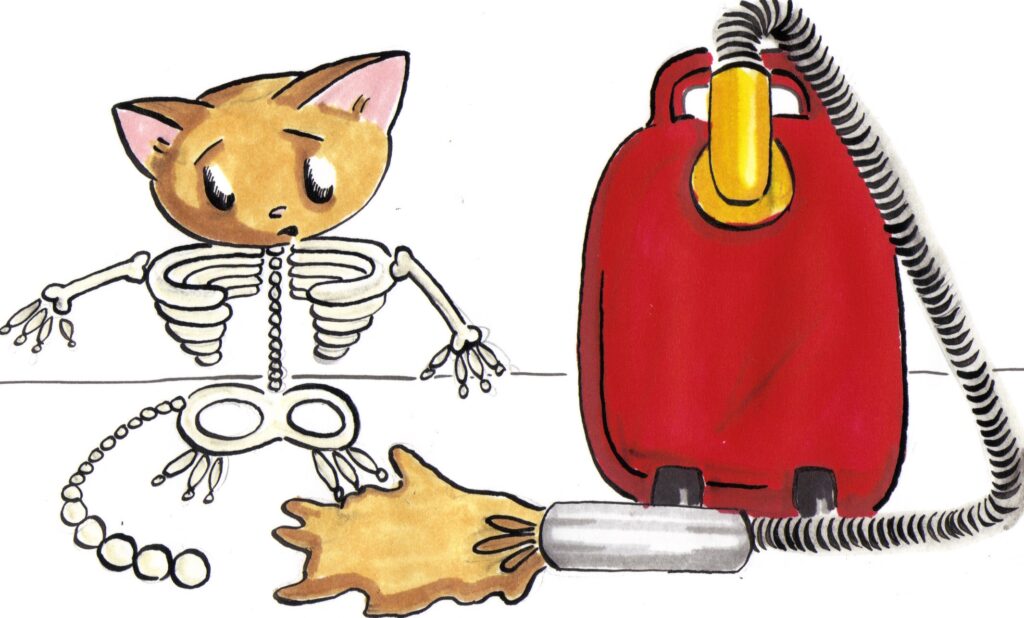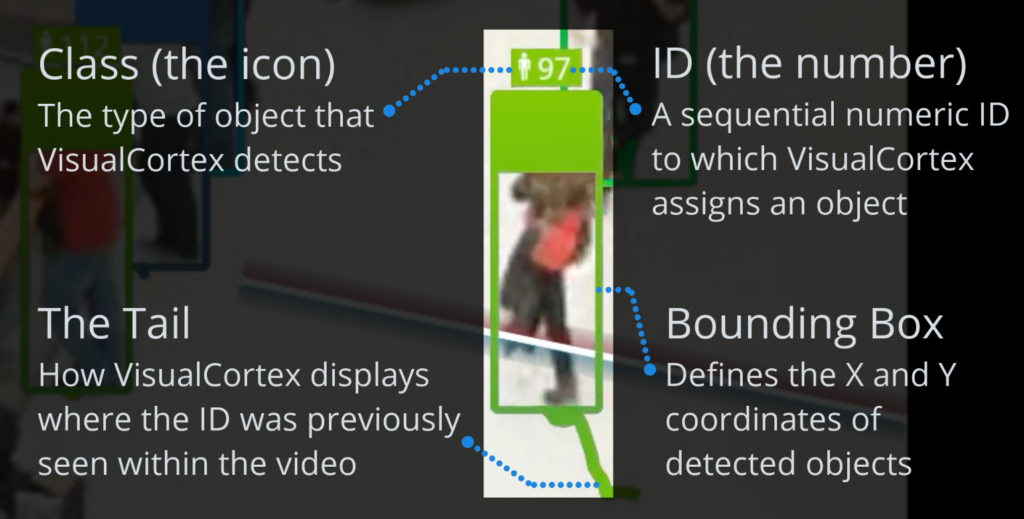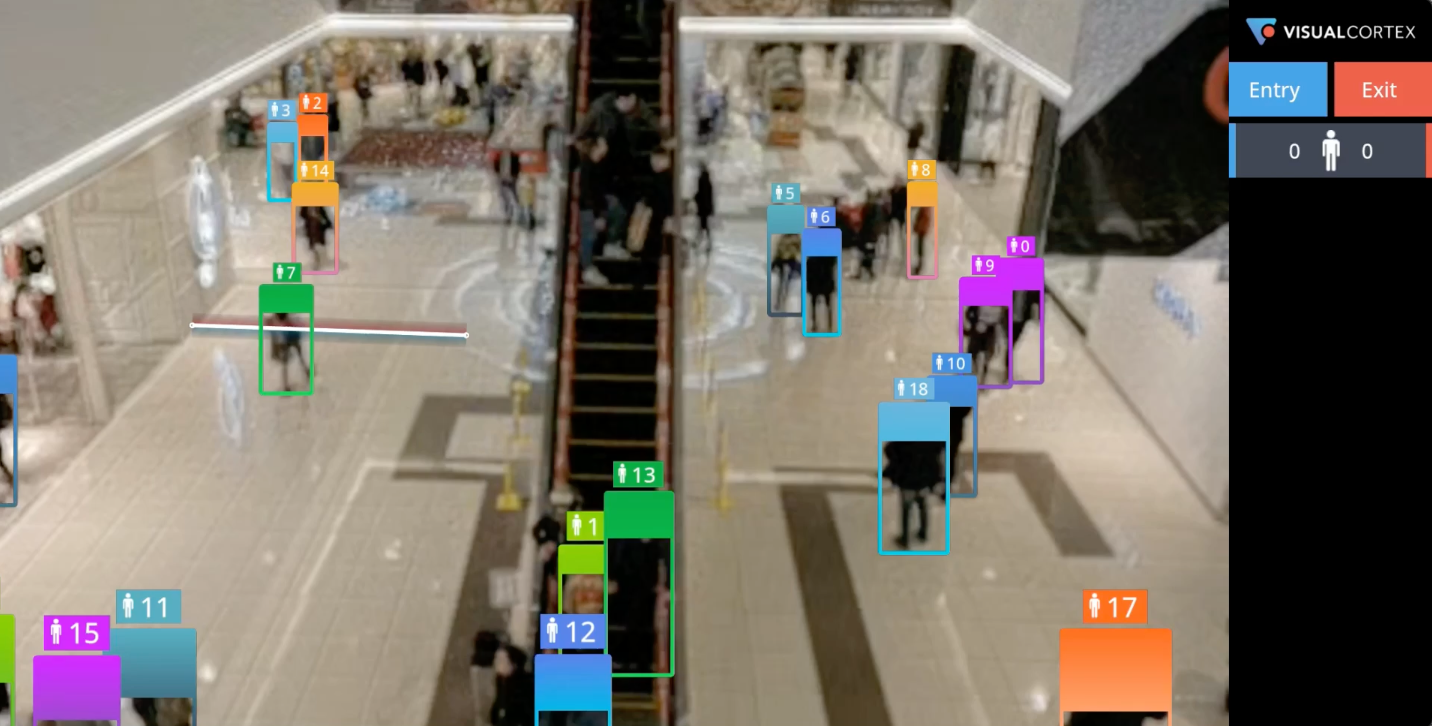Retail video analytics for people counting
When searching for retail people counting solutions, there are many ways to skin that particular cat. But, let’s not get distracted by the prospect of disfiguring beloved household pets… The point is this: When it comes to capturing digitally analyzable data about in-store customer experiences, retail video analytics for people counting is the way to go.
In fact, Gartner’s 2022 Hype Cycle for Retail Technologies report cites the emergence of computer vision technology for its ability to help retailers in a host of ways, including product pricing, promotional campaigns, customer service, merchandising, inventory management and more. With the potential to help improve such valuable business outcomes, it’s no surprise that subsequent Gartner research, detailed in its 2023 CIO Agenda Insights for the Retail Industry, found that 94 percent of CIOs in the retail sector plan to implement Artificial Intelligence (AI) / Machine Learning (ML) technologies by 2025.
So what makes retail video analytics for people counting the new standout method for capturing and analyzing foot traffic data?
People counting with computer vision in retail
Of course, the idea of capturing foot traffic in physical retail settings is nothing new. In a recent post, we outlined some of the most prevalent people counting solutions used today, including infrared, laser beam, wifi, bluetooth, thermal imaging and manual methods. But, as summarized in another article, counting people with computer vision technology is the best way to produce actionable insights about customer behavior in physical spaces – otherwise known as video analytics. Key reasons include more efficient deployment, better count accuracy, quicker processing times (that enable in-the-moment insights and alerts), superior scalability, deeper analytical insights of course, and more.
But that debate was run and won here: Computer Vision for People Counting: Why it’s the best method. Today, we want to dive deep into a sector that’s been obsessing over foot traffic and footfall metrics for years – retail. And whilst harnessing video analytics for retail might seem daunting, beginning that journey with basic – but accurate – machine learning models for people detection and counting can deliver significant actionable, monetizable metadata.
Below, we outline the uses and benefits of deploying retail video analytics for people counting.
10 ways retail video analytics for people counting can be used in stores
The ability to identify, track and tally the number of people entering retail spaces can be applied in a number of ways.
Utilizing fundamental people counting machine learning models enables retailers to detect, capture and analyze the following events:
1. Entries and exits: Reliably count the number of customers entering and exiting specific stores and particular retail spaces.
2. Line crossing and proximity intrusion: Detect and notify staff when shoppers, salespeople and third-parties cross designated lines or zones.
3. Directional counts: Detect the presence of people, then track and tally the number of individuals that move in particular directions.
4. Traffic flow analysis: Track the aggregated movements of people over time to establish paths and patterns in foot traffic throughout a physical space.
5. Dwell-time: Pinpoint the length of time people spend in a given place, such as sales counters, service desks or particular merchandise displays.
6. Zone analysis: Track the number of people in defined zones to understand density and identify potential bottlenecks.
7. Motion detection: Detect the movement and trajectory of people within defined zones.
8. Proximity analysis: The ability to detect the relative location of one person or object to another.
9. Segmentation by type: Classifying shoppers and commuters into different categories, such as pedestrians and cyclists.
10. Person attributes analysis: The ability to segment people based on commonly identifiable characteristics, such as clothing, hair, gender or age.
14 benefits of retail video analytics for people counting
Applying Computer-Vision-based people counting techniques in retail settings – and, yes, some associated derivative machine learning models, which enable more complex related concepts like object movement and segmentation – can yield compelling business benefits.
Examples include:
1. Improving store layouts: Assess in-store footfall to pinpoint high traffic areas, common dwell locations, and develop merchandising and signage strategies to increase customer engagement and sales figures.
2. Optimizing staff allocation and rostering: Match footfall trends with staffing levels to efficiently utilize operational budgets. Ensure the appropriate number of staff are deployed to high-traffic locations and that rosters match high volume days and times.
3. Enhancing customer experience: Utilize real-time counts, density analysis and dwell-times to underpin staff allocation decisions that deliver better customer service. Reduce queuing and customer wait times in-the-moment as well as make smarter rostering adjustments over time.
4. Delivering and effectively measuring better marketing campaigns: Use traffic flow and dwell-time analysis to build a picture of the most popular products, brands and displays. Implement marketing campaigns that leverage these insights, then track impact on overall shopper traffic, changes in footfall or dwell patterns, and assess trends against Point of Sale data.
5. Easing shopper congestion and customer wait times: Use heat mapping to visualize the density of foot traffic by location over time. Similarly, use dwell-time to measure customer wait times. Identify areas and hours where patron wait times and crowding is commonplace. Then, optimize layouts, merchandising, staff allocation and more to reduce bottlenecks, queues and customer service delays.
6. Producing customer segmentation analysis: Ok, so this is a bit of a step-up from gathering straight count data. But, adding the ability to segment people by common attributes – such as clothing types, gender and age range – enables you to generate an additional layer of insights, which can validate or reveal information about demographic engagement and purchase patterns. Further, the ability to differentiate between categories of people – such as pedestrians and cyclists – might reveal that the majority of coffee orders at your path-side cafe come from bike riders! So, it might be time to start advertising along well-traveled bike trails in the area.
7. Tracking conversion rates: Compare Computer-Vision-generated count data with transaction data to understand the proportion of shoppers making purchases. Comparing the number of purchases, and average transaction value, against counts is one method that can be used to ascertain the impact of new merchandising, inventory, sales and marketing strategies.
8. Improving stocking practices: Correlate foot traffic and dwell-time analysis with Point of Sale data to inform inventory management. Improve merchandising strategies to give popular and high-margin products more exposure. Even trigger restocking alerts to reduce stock-out incidents.
9. Finding and acting on OH&S events: Keep employees and customers safe. Automatically detect and address compliance breaches, such as staff blocking loading docks or entering protected areas at certain times (such as the store safe or when potentially dangerous machinery is operating).
10. Facilitating better pre-emptive surveillance practices: Protect your assets, staff and customers by acting on suspicious activity. Identify malicious-dwelling by detecting people loitering around storefronts or loading docks outside normal business hours. Or, detect perimeter breaches and trigger alerts when people enter defined areas during unexpected times.
11. Assisting post-event investigations: Because video analytics produces time-stamped metadata about defined events, people counting with Computer Vision can help pinpoint specific objects and actions at particular points in time. This can help retailers find and share customer service interactions for training purposes, incidents of theft, OH&S investigations and more.
12. Providing analytics to suppliers: Provide visibility statistics to suppliers to help communicate brand exposure and the effectiveness of in-store promotions.
13. Taking faster action with real-time people counts: Identify and address time-sensitive incidents, such as unattended sales counters and service desks. Trigger real-time alerts to staff to rectify the situation and ensure good shopping experiences.
14. Making smarter strategic decisions by identifying trends over time: Reveal patterns of behavior by time-of-day and location, such as store entries and exits, foot-traffic density by zone, customer queue lengths and wait times. Take those learnings and change processes, rostering, store layouts, marketing campaigns or merchandising strategies to improve customer satisfaction and increase sales over the long-haul.
Where to next?
Oh, you’re still here? Thanks for reading; we hope it’s been useful. If you’re keen for more, check out our white paper, People Counting and Pedestrian Analysis with Computer Vision.




